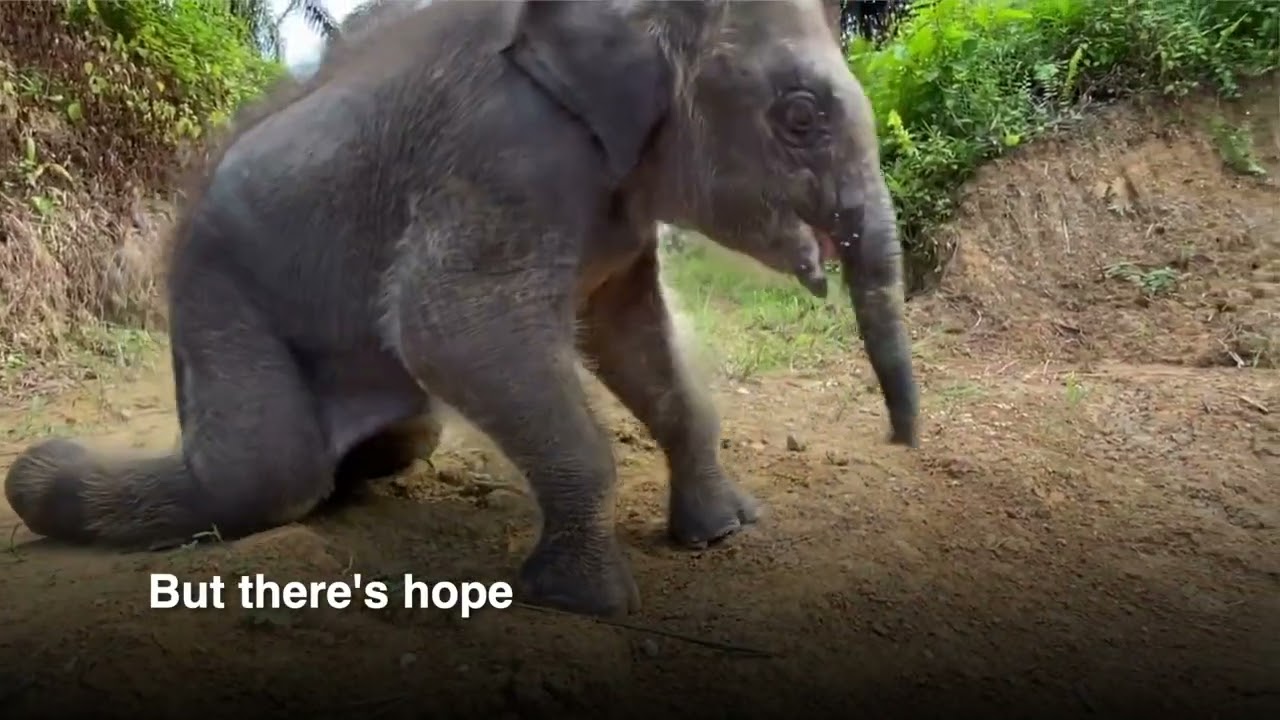- The Importance of Happy World Elephant Day for Wildlife Conservation
- Biological and Behavioral Characteristics of Elephants
- The Role of Zoos and Wildlife Sanctuaries in Elephant Conservation
- Challenges Facing Elephant Populations
- How Individuals Can Contribute to Elephant Conservation
Happy World Elephant Day is a day designated to celebrate and promote the protection and conservation of elephants, drawing attention to the threats they face and the efforts needed to safeguard their future. Held annually on August 12, this day is an opportunity for the global community to unite in raising awareness and supporting impactful conservation initiatives. Let’s explore the core aspects of this significant day and its implications for the elephants’ welfare.
The Importance of Happy World Elephant Day for Wildlife Conservation
Happy World Elephant Day is a crucial event in wildlife conservation, spotlighting one of the most iconic species on the planet. Elephants are vital to maintaining ecological balance. They play a role in seed dispersal, contributing to forest health. Their well-being is not just essential for biodiversity but also for the many ecosystems that rely on their activities.
The day also serves as a platform to highlight and combat the severe threats that elephants face, such as habitat loss, poaching, and human-wildlife conflict. Elephants are frequently targeted for their ivory tusks, leading to significant population declines. Creating awareness about these issues can drive political will and allocate more resources to conservation efforts.
Biological and Behavioral Characteristics of Elephants
Elephants belong to the family Elephantidae and are divided into two major species: the African elephant (Loxodonta africana) and the Asian elephant (Elephas maximus). These majestic creatures are known for their intelligence, emotional depth, and complex social structures.
African elephants are the larger of the two species, with notable ears that resemble the continent of Africa. They inhabit various environments across sub-Saharan Africa, from savannas to forests. Asian elephants, slightly smaller with smaller, rounded ears, are found in fragmented habitats across 13 Asian countries. Both species are herbivorous and consume a large quantity of vegetation daily, which influences their environments profoundly.
Elephants are known for their social bonds, especially among females, who live in matriarchal herds. These groups rely on the leadership of older, experienced females to navigate their vast home ranges and access resources. Male elephants, or bulls, typically lead solitary lives or form small bachelor groups once they reach maturity. The nuanced dynamics within and between these groups reflect their advanced communication skills and memory, which are crucial for survival in their dynamic habitats.
The Role of Zoos and Wildlife Sanctuaries in Elephant Conservation
Zoos and wildlife sanctuaries play a pivotal role in the protection and preservation of elephants. These institutions provide safe havens where elephants can live without fear of poaching and habitat destruction. Zoos, in particular, engage in breeding programs that help sustain healthy populations. For example, through the Species Survival Plan (SSP) programs, zoos collaborate globally to maximize genetic diversity and prevent inbreeding.
Wildlife sanctuaries offer a naturalistic environment for elephants rescued from the wild or captivity. These sanctuaries conduct rehabilitation programs aiming to reintroduce elephants back into their native habitats whenever possible. Both zoos and sanctuaries also focus on public education and advocacy, helping to foster a global community dedicated to elephant conservation.
Challenges Facing Elephant Populations
Despite concerted conservation efforts, elephant populations face numerous challenges. Foremost among these is habitat loss due to agricultural expansion, deforestation, and urbanization. Shrinking habitats lead to increased human-elephant interactions, often resulting in conflict. Farmers, whose crops are damaged by foraging elephants, may retaliate, leading to injury or death of the animals.
Poaching for ivory remains a significant threat. Although international trade in ivory is banned under the Convention on International Trade in Endangered Species (CITES), illegal markets persist. Poachers often target older elephants with larger tusks, skewing the population dynamics and diminishing genetic diversity.
Climate change also poses a looming threat, as it can alter the availability of water and food resources. Droughts and unpredictable weather patterns can exacerbate the already challenging living conditions for elephants, impacting their health and reproductive success.
How Individuals Can Contribute to Elephant Conservation
Individuals can play a crucial role in elephant conservation by supporting reputable conservation organizations and advocating for policies that protect elephant habitats. Donating to NGOs involved in anti-poaching efforts or who work towards creating wildlife corridors can have a direct impact.
Additionally, promoting and participating in eco-tourism initiatives can provide economic incentives for local communities to protect rather than exploit elephant populations. Raising awareness through social media, community events, and educational programs can also mobilize broader public support for conservation policies and actions.
On Happy World Elephant Day, people around the globe can engage in activities focused on celebrating and protecting these magnificent creatures. Whether through grassroots movements or global campaigns, every action counts towards ensuring a sustainable and safe future for elephants.
Happy World Elephant Day not only celebrates these majestic creatures but also serves as a call to action for continued efforts in their conservation. By understanding their ecological importance, recognizing the role of conservation institutions, addressing the challenges they face, and taking personal action, we can all contribute to securing a future where elephants thrive in the wild.
*****
Source Description
From creating wildlife corridors in Borneo to working with villages on safe coexistence, we’re proud to partner with organizations that are making a difference for Asian elephants around the world. Happy World Elephant Day! #AsianElephantAwarenessMonth


